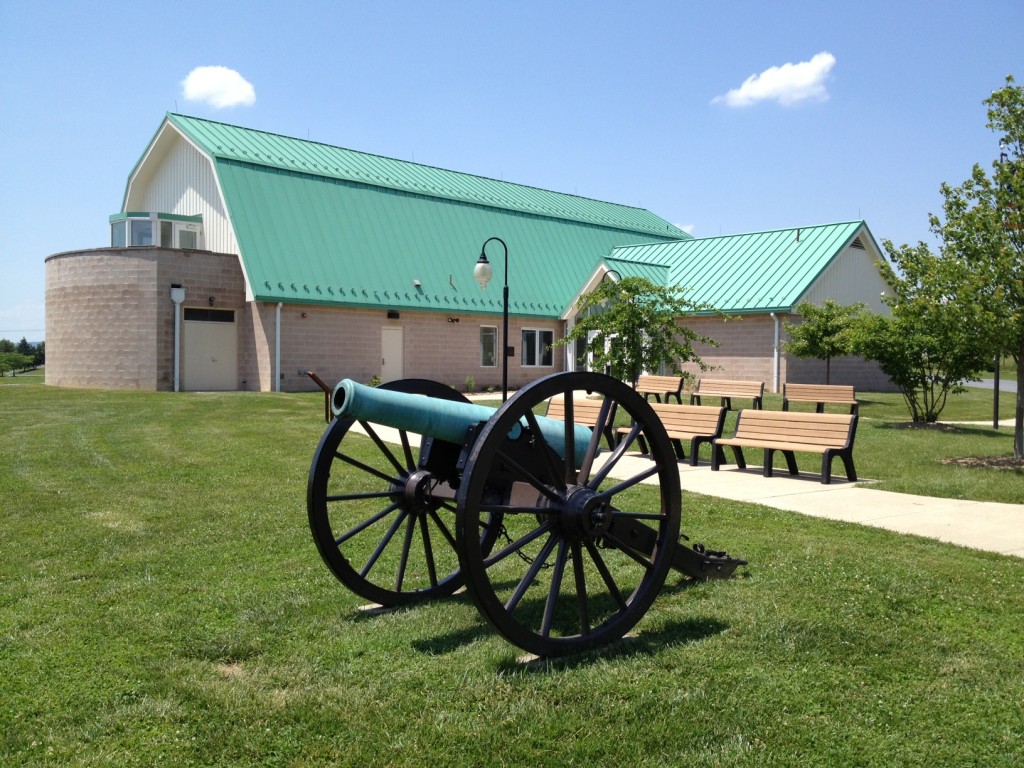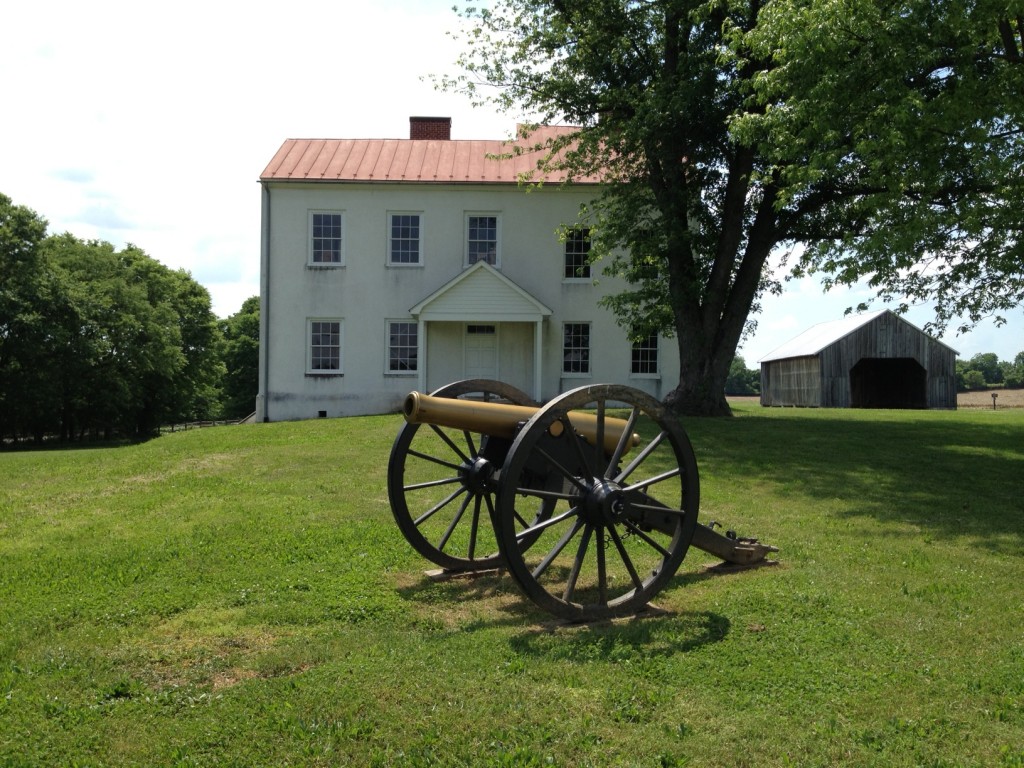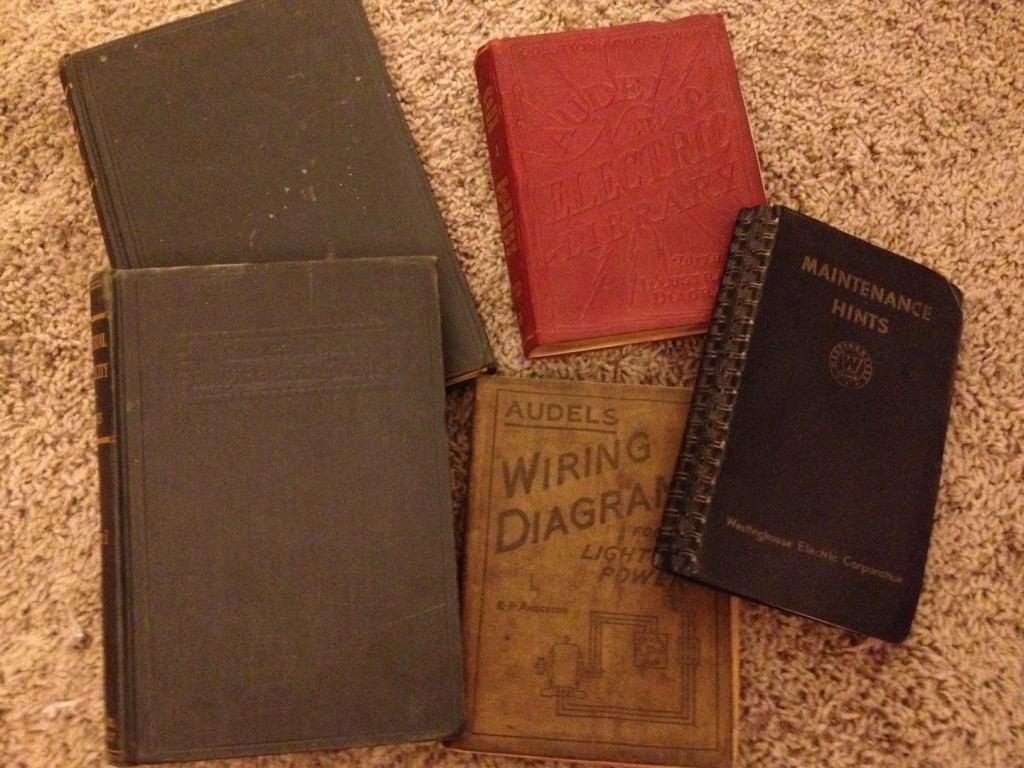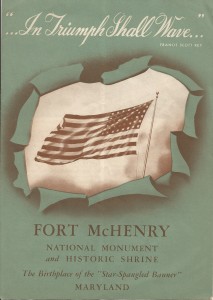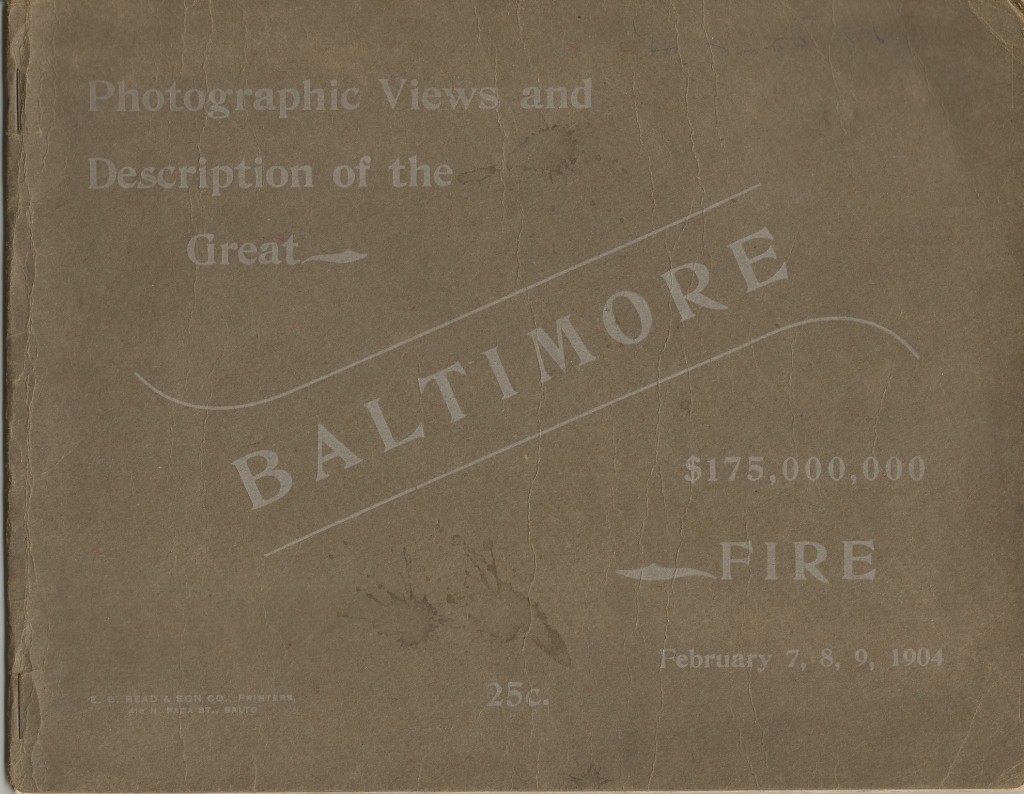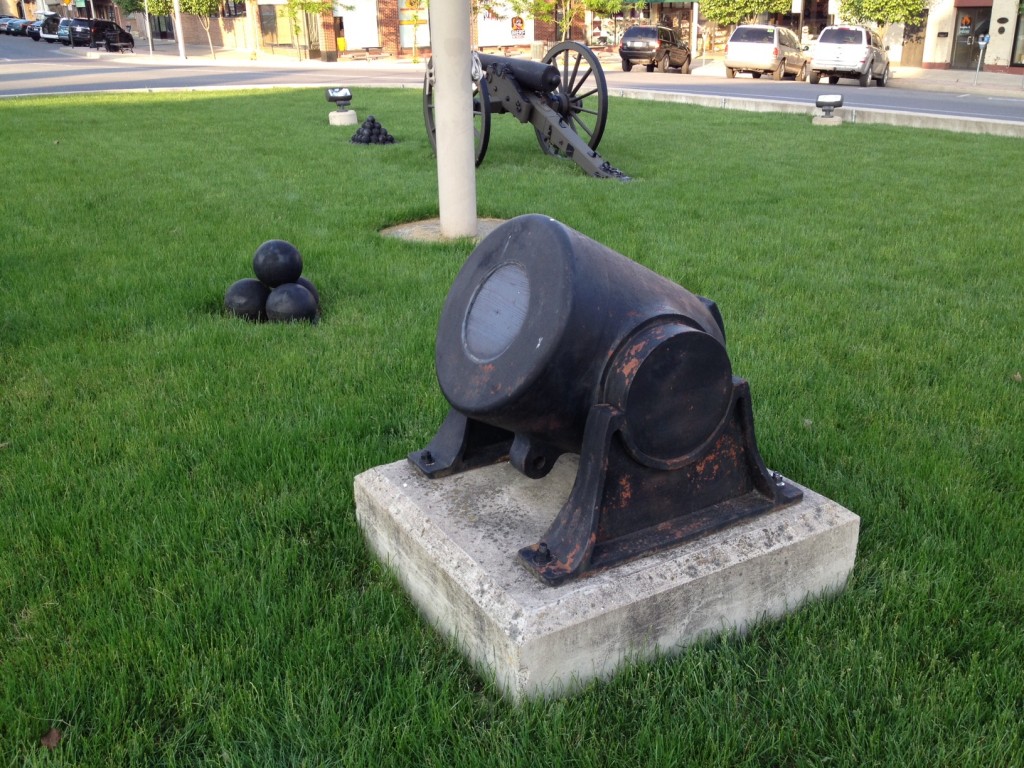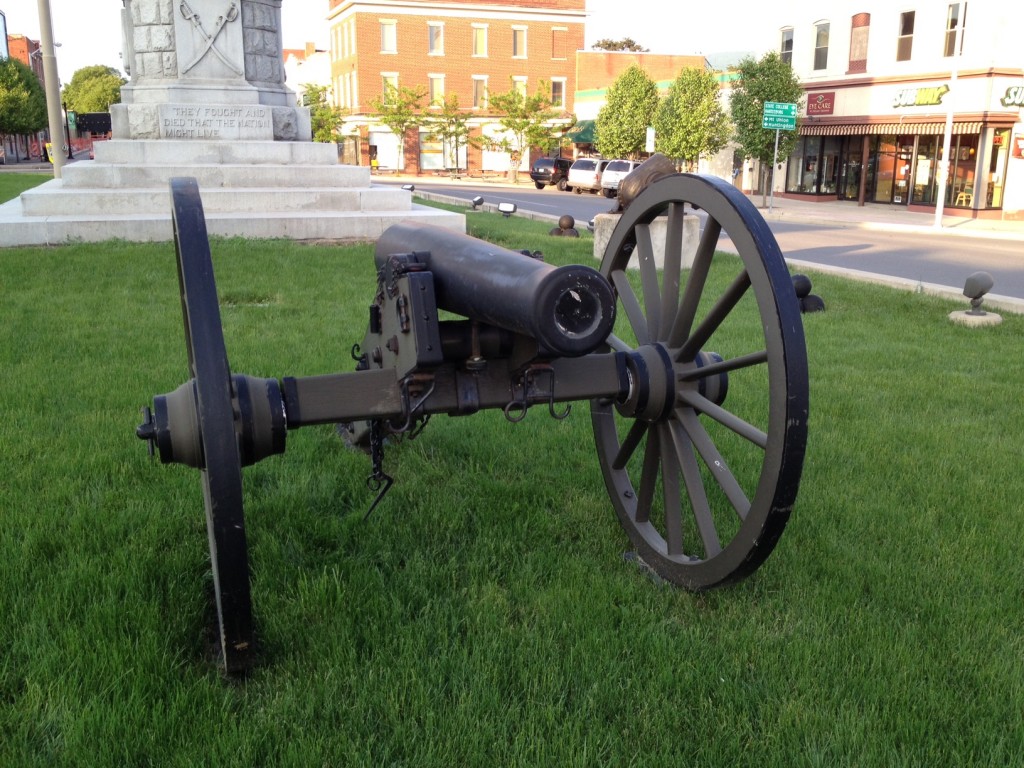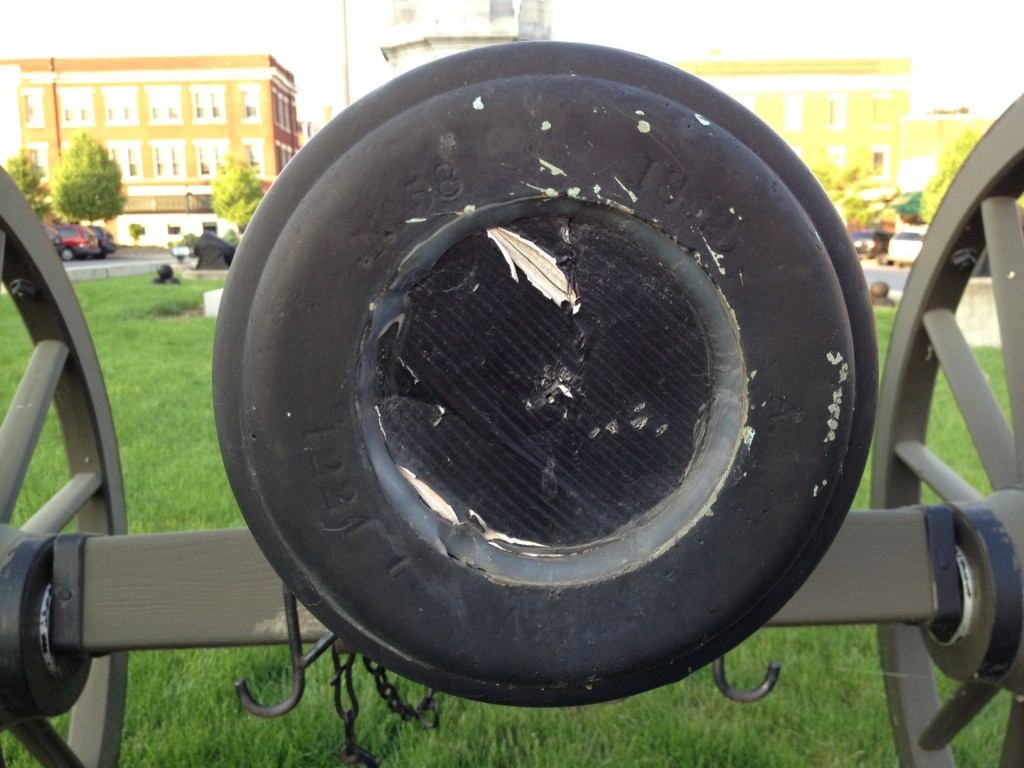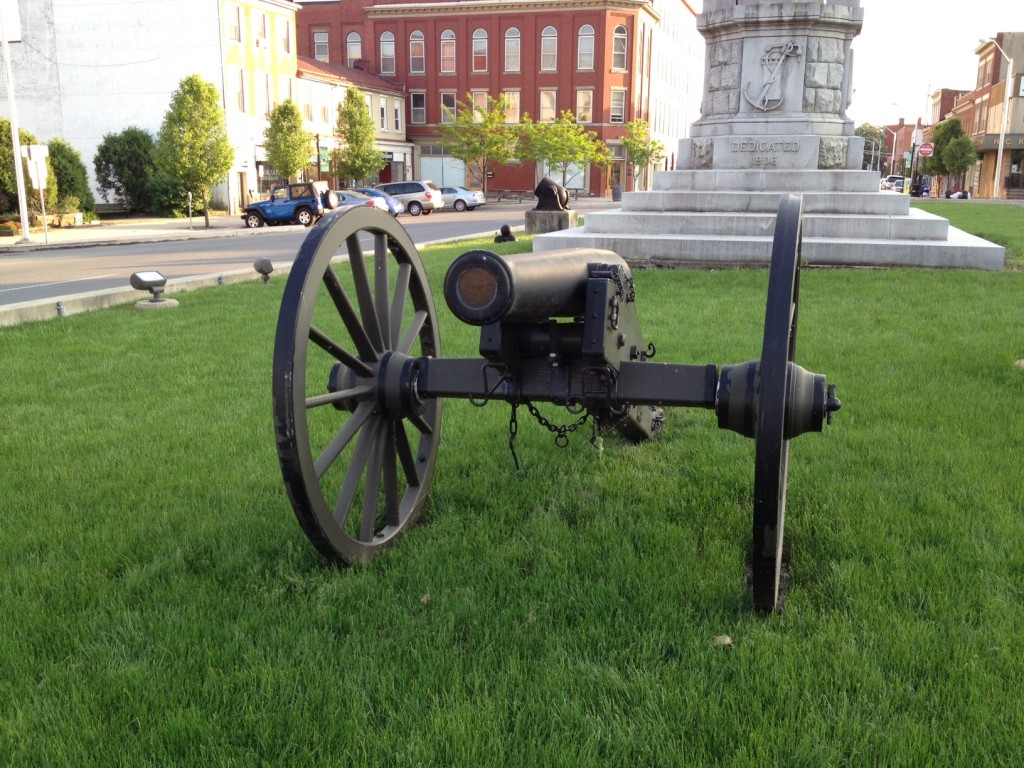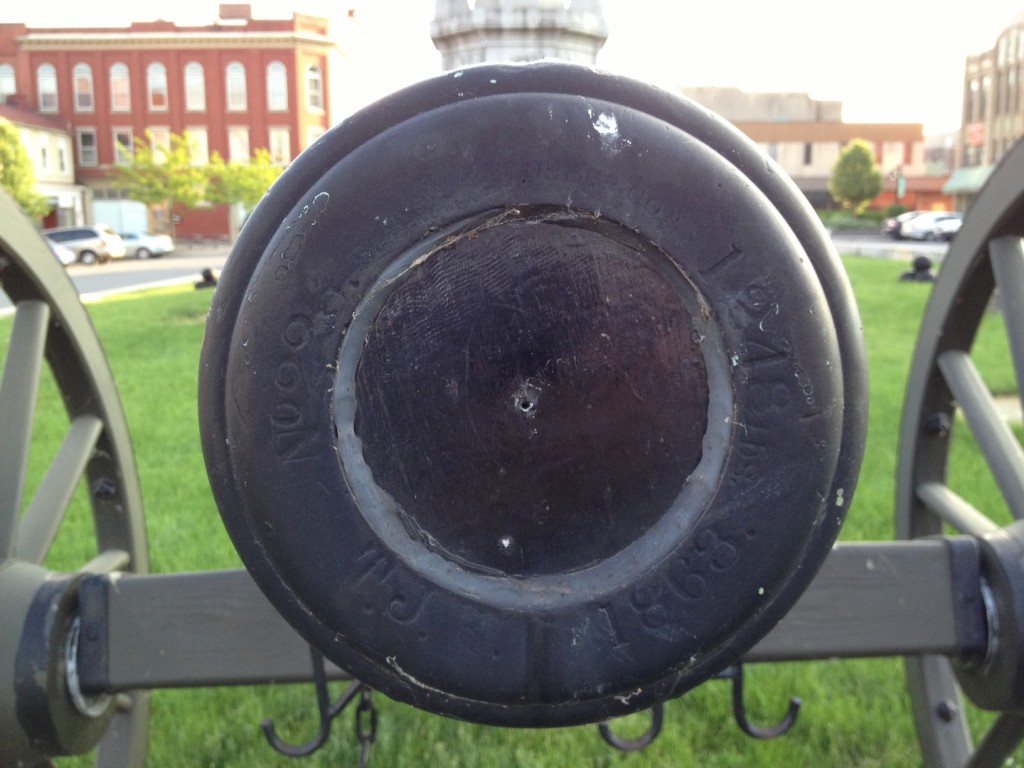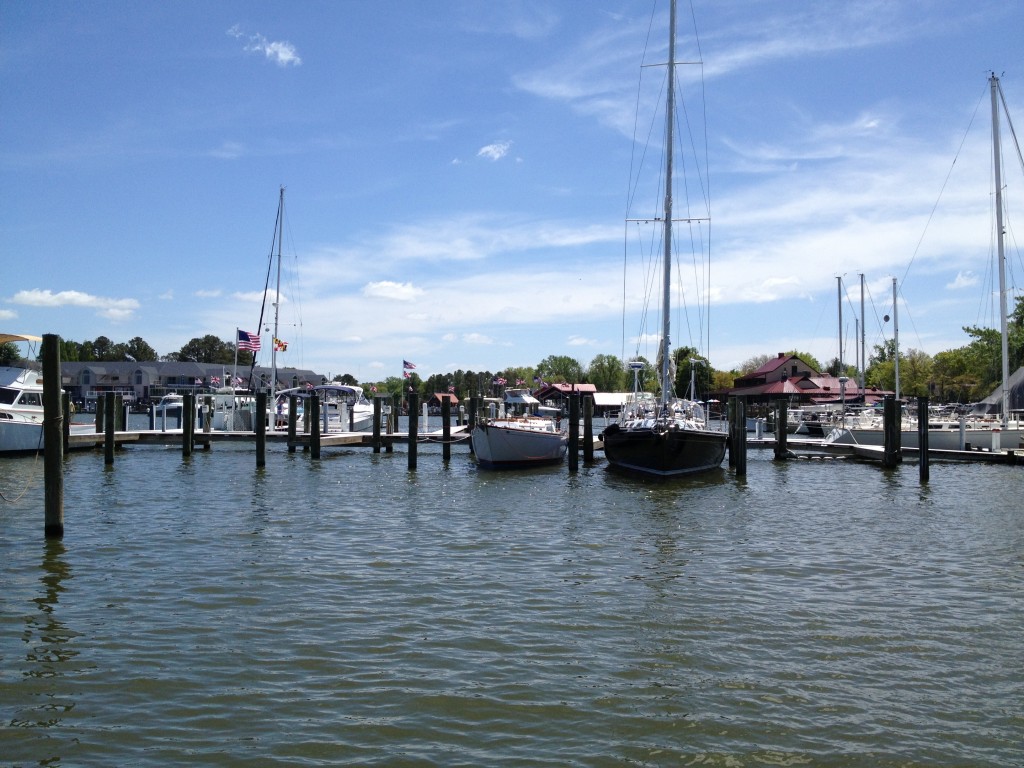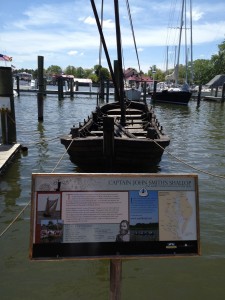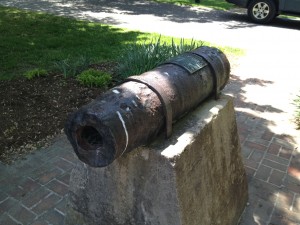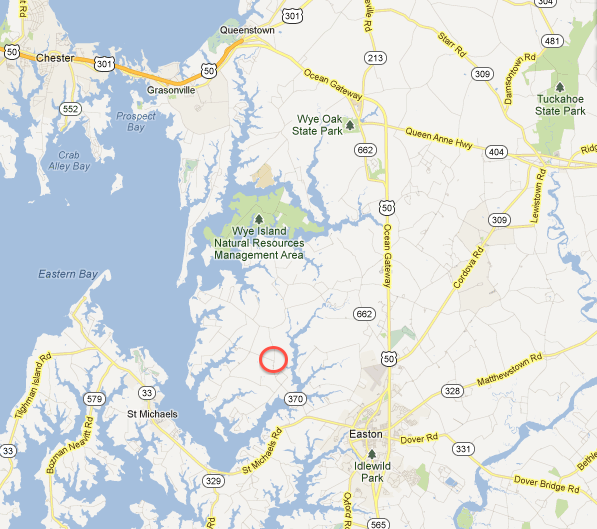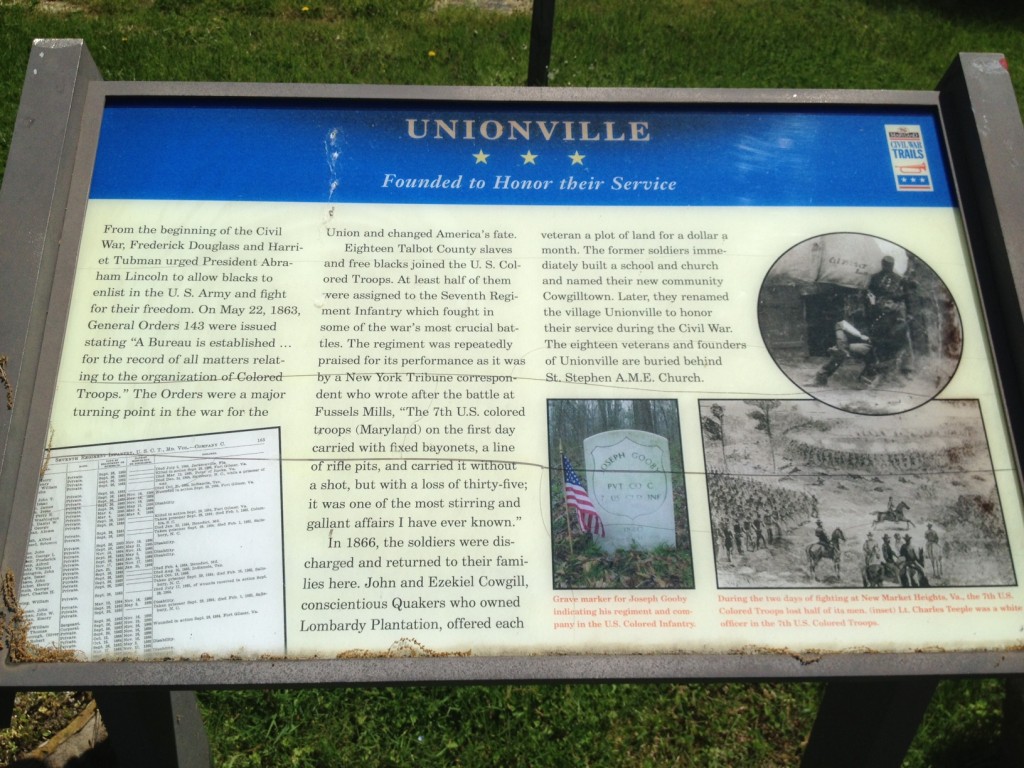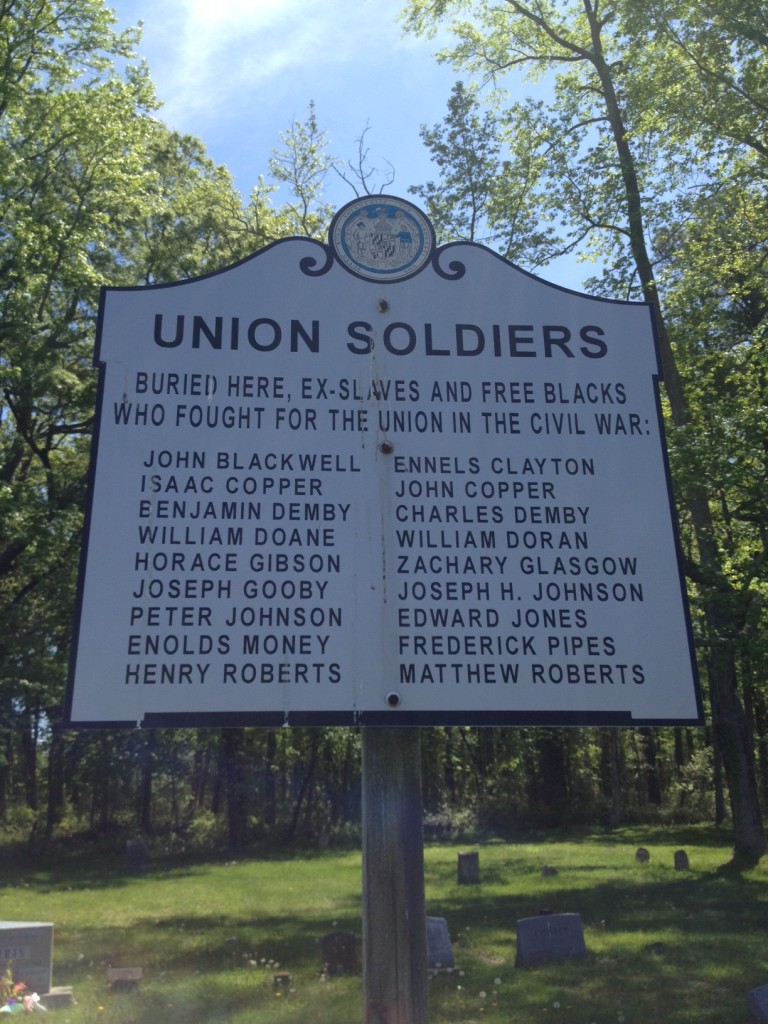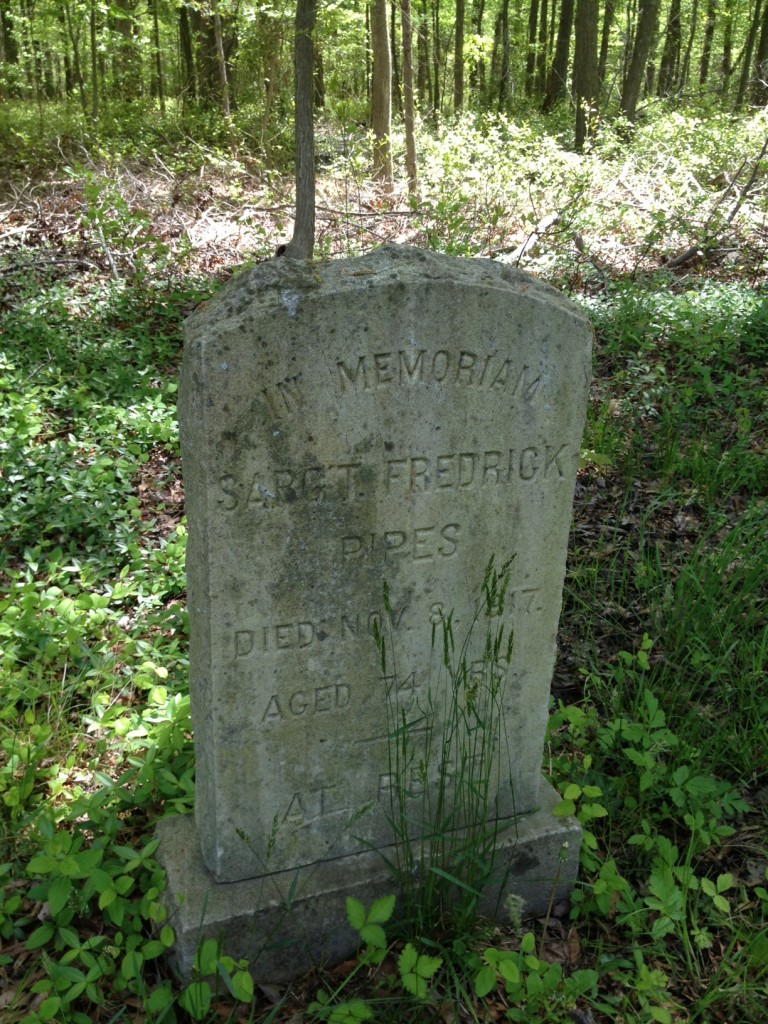Mini-Federalist #26 – The Idea of Restraining the Legislative Authority in Regard to the Common Defense Considered
This is a continuation of a series of posts that are intended to be shorter, more understandable versions of the Federalist Papers. This post deals with Federalist #26, the original text of which can be read here: http://thomas.loc.gov/home/histdox/fed_26.html
Originally published December 22, 1787 by “Publius” – who was in this case, Alexander Hamilton.
It was a surprise when the revolution ended up bringing us to a place right between POWER and PRIVILEGE, trying to keep our rights while giving the government some power. We didn’t get it quite right though, and that has been the source of our trouble. This mistake should be corrected, or else our future attempts to fix it won’t really change anything at all.
Removing government power over the military sounds like a better idea than it actually is. Even though we seem to have invented the concept, we aren’t really employing it ourselves – only Pennsylvania and North Carolina have – everyone else refuses to consider it, and really they are right. You have to trust someone, and it’s a better idea to take the risk of abuse-of-power, than to leave us in a state where the government can’t protect us. Those who oppose the Constitution are at odds with the majority in this regard, and rather than moderating their own views, they want to drive us deeper into extremes. They recommend a solution that has been flatly rejected before, and frankly, they’d make this country ungovernable. It’s a good thing that won’t happen – the people are too smart for that. We know how important a sufficiently powerful government is. I’m sure of that.
But where does this idea come from? You might think it came about because history teaches us about the tendency for military encroachments on freedom. It actually comes from England.
Their King had almost total power for centuries. Over time, that power was eroded away by the aristocracy and the people to the point that there’s no real danger left. Eventually, the English Glorious Revolution secured this arrangement permanently. Various monarchs had kept troops – in increasing numbers – for their own purposes over the years. The Bill of Rights made it illegal for standing armies to exist without Parliament’s permission.
Even at the height of awareness of liberty in England, they had the good sense to not restrict the power of the legislature over the military. They understood that troops were necessary for emergencies that might come up, and they knew that the legislature was the safest place for the military power to be held.
Since we come from England, we’ve grown up in this same fear of standing armies. We got so caught up in the Revolution that we’ve gone too far in a few instances (like Pennsylvania and North Carolina did above). We mistakenly extended our fears from the King to the legislature, and put unnecessary provisions in some of our State constitutions. Of course the power to raise armies should belong only to the legislature – it goes without saying! The constitution of New York (clearly one of the greatest) says absolutely nothing about the subject.
Even in the two States that seem to fix the problem, they only say that standing armies shouldn’t be kept in time of peace, not that they can’t be kept. In using this wording, it’s obvious that the authors realized that a total prohibition would be a dangerous thing.
And of course, isn’t it true that any prohibition would be read as merely a suggestion if a crisis came up? What use would any of this language be if it was simply ignored when “necessary”?
So how is the situation different with the proposed Constitution? In the government it creates we do have a limit (though a perfectly reasonable one) that Congress can only set aside money for an army for a 2-year period. Since this isn’t anywhere near as extreme as a total prohibition on standing armies, it is more likely to be followed and have the desired effect.
This rule basically forces the Congress to discuss and vote on whether we need to have an army at least once every 2 years. They aren’t allowed to give the President a blank check for the military (even if they’re dumb enough to want to). This also forces the majority party to be open about what it is doing with both the people and the States. It would be hard to continue a tyranny for very long under this system.
In order to have a military build-up strong enough to threaten the people’s freedom, it would take a long time and require the constant cooperation of both the Congress and the President. It’s unlikely that such a coalition would survive for long with elections in Congress every 2 years. Would every new member of Congress instantly play along with the conspiracy and not raise the alarm? If you’re afraid of that, we can’t have any kind of federal system at all.
Even if a conspiracy like this began, it wouldn’t remain hidden. It would become obvious when the size of the army is being increased every 2 years. As soon as people know what is going on, the scheme will be finished.
Some people will argue that the President wouldn’t need the support of Congress once he has a sizable army – he can merely raid the countryside for supplies. But of course, how would he get an army that big in the first place? They’ll tell you that an army raised to counter a threat may stick around and be used against the people, but aren’t they really arguing that we shouldn’t ever have an army to defend ourselves? If we legitimately need a huge army to counter a specific threat, there’s really no way to prevent it from being used to attack freedom. No government can totally stop that.
But this isn’t really a concern for us as a united country. I can’t imagine a situation where the entire country was under attack at once, and we therefore needed a massive army (that would also threaten our freedom) to protect us. Especially when you consider that we’ll still have a militia. If we don’t go for a Union though, it’s almost inevitable that our liberty would constantly be threatened by the military (as we discussed before).
